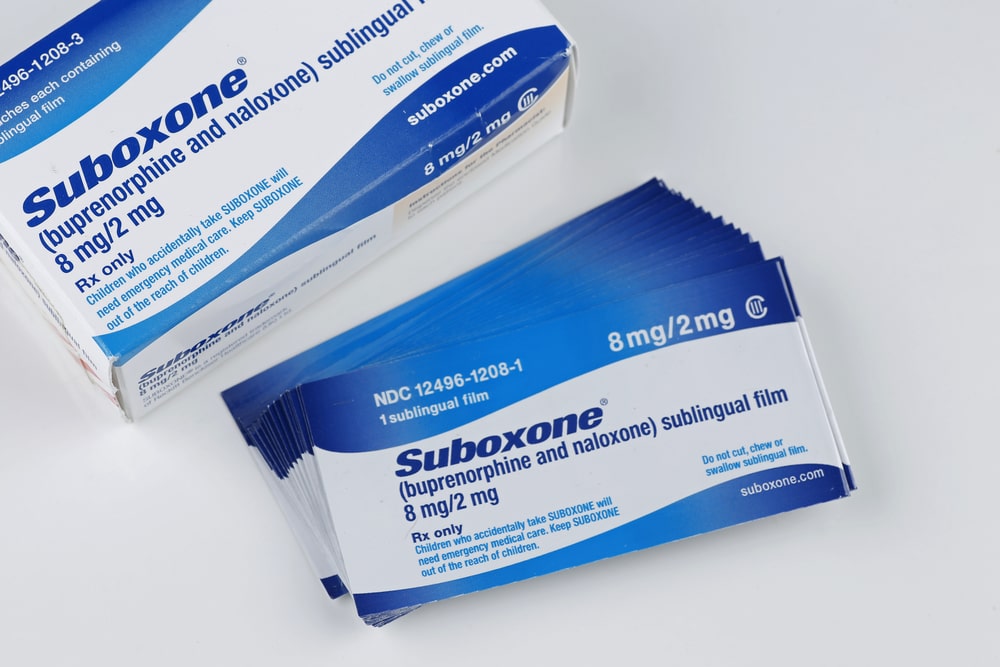Understanding Suboxone for Opioid Dependence Treatment

Opioid dependence affects countless individuals and their families, creating physical, emotional, and social challenges. Effective treatment is often multi-faceted, addressing both the physical effects of opioid use and the psychological struggles associated with dependency. One option that has emerged in opioid dependence treatment is Suboxone.
Understanding Opioid Dependence
Opioid dependence is a medical condition wherein the body and brain adapt to regular opioid use, often leading to physical dependence and cravings. Opioids are substances that act on the nervous system to relieve pain, which include prescription drugs like oxycodone and hydrocodone, as well as illicit substances like heroin. Prolonged use of these substances can alter the brain’s chemistry, making it difficult for individuals to stop using them without intervention.
One hallmark of opioid dependence is withdrawal. When someone who is dependent on opioids stops taking them abruptly, they may experience symptoms such as nausea, muscle aches, sweating, anxiety, and insomnia. Treatment for opioid dependence often requires a combination of medical therapies, counseling, and behavioral strategies. This is where medications like Suboxone can play a role in helping individuals manage these challenges and work toward long-term recovery.
How Suboxone Treats Dependence
Suboxone is a type of medication commonly used to treat opioid dependence. It contains two active ingredients, buprenorphine and naloxone, each serving a unique purpose. Buprenorphine helps reduce cravings and withdrawal symptoms while blocking the effects of stronger opioids. Meanwhile, naloxone discourages misuse. If the medication is tampered with or injected, naloxone kicks in to block opioid effects.
Suboxone is typically administered sublingually, which means it is placed under the tongue to dissolve. One of the advantages of Suboxone is its ability to stabilize individuals during recovery. By alleviating withdrawal symptoms and reducing cravings, it can allow people to focus on therapy, counseling, and rebuilding their lives. Suboxone is often used as part of a comprehensive treatment program that addresses both the physical and psychological aspects of opioid dependence.
How It Compares to Other Treatments
Suboxone is one of several treatment options available for managing opioid dependence. Understanding how it compares to other treatments can help individuals decide which path best meets their needs. Common treatments include:
Methadone
Methadone, like Suboxone, is a medication commonly used to treat opioid dependence. It is a full opioid agonist, meaning it fully activates brain opioid receptors. Unlike Methadone, Suboxone is often prescribed for home use, offering more flexibility.
Naltrexone
Naltrexone is another medication used in opioid dependence treatment but works differently from Suboxone and methadone. It is an opioid antagonist, meaning it blocks the effects of opioids entirely, which can help deter relapse. Naltrexone does not address withdrawal symptoms or cravings directly, so individuals need to be fully detoxed before starting treatment. Suboxone, in contrast, can be used earlier in the recovery process to manage withdrawal and cravings.
Seeking Treatment
Opioid dependence is a complex condition, but it is treatable. Medications such as Suboxone can play a valuable role in helping individuals manage withdrawal symptoms and cravings as part of a broader recovery plan. When combined with counseling and support, these treatments can provide a pathway to long-term recovery. Rehabilitation is a process that takes time and effort, but with the right resources, individuals and their families can find hope and healing.





